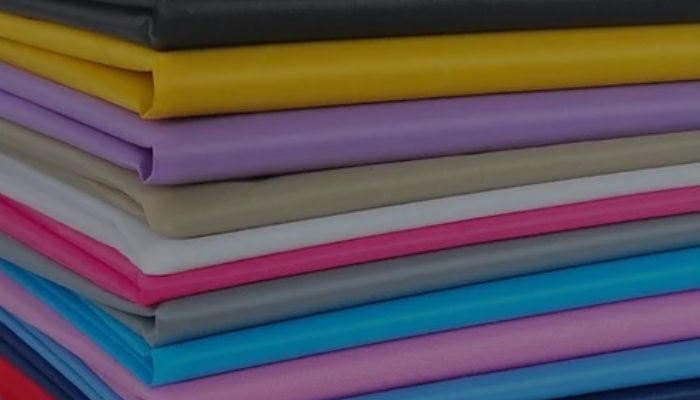Backpack lining fabric is a crucial component in backpack manufacturing, influencing both the comfort and durability of the backpack, as well as its overall appearance and functionality. Here is a comprehensive overview of backpack lining fabrics:
Material Choices
Backpack lining fabrics are made from various materials, with common options including nylon, polyester, and synthetic fibres (such as rayon). Each material has its advantages and disadvantages:
Nylon: Known for its excellent abrasion and tear resistance and lightweight, nylon is ideal for lining backpacks that endure heavy use and frequent handling.
Polyester: Polyester is generally more affordable, easy to clean and maintain, and has good abrasion resistance, making it suitable for budget-friendly backpack models.
Functional Characteristics
Backpack lining fabrics should possess the following functional features:
Abrasion Resistance: Capable of resistance and scraping from items inside the backpack, thereby extending the backpack’s lifespan.
Breathability: Good breathability helps reduce moisture build-up on the back, enhancing comfort.
Wrinkle Resistance: Easy to care for, with minimal wrinkling to maintain the backpack’s neat appearance.
Water Resistance (Optional): Water-resistant linings can protect the contents of outdoor backpacks from rain.
Common Types
Several types of fabrics are commonly used for backpack linings, including but not limited to:
Nylon Mesh: This material offers good breathability and is often used in summer backpacks or those requiring excellent ventilation.
Polyester Plain Weave: Moderately priced with good abrasion resistance, suitable for everyday backpacks.
CORDURA: A high-performance fabric developed by DuPont, Cordura is known for its lightweight, quick-drying, soft, and durable characteristics. It is commonly used in high-end outdoor backpacks.
KODRA: A fabric produced in Korea with a performance similar to CORDURA, suitable for linings requiring high strength and durability.
Maintenance and Care
Maintaining and caring for backpack lining fabrics is relatively simple but requires attention to the following points:
Regular Cleaning: Choose appropriate cleaning methods based on the fabric type and usage. Avoid bleach and strong acidic or alkaline cleaners.
Avoid Direct Sunlight: Prolonged exposure to sunlight may cause the fabric to fade and age. It is recommended to air-dry or dry in the shade.
MinimFrictiontion: To reduce wear and tear, avoid friction between the backpack’s contents and the lining fabric.
Environmental and Sustainability Considerations
With growing environmental awareness, many backpack brands are focusing on the environmental impact and sustainability of lining fabrics. Some brands opt for linings made from recycled materials to reduce environmental impact.
Conclusion
in conclusion, backpack lining fabric is an indispensable part of backpack construction. When selecting and using it, consider factors such as material, functional characteristics, types, maintenance, and environmental impact to ensure the backpack’s comfort, durability, and eco-friendliness.

